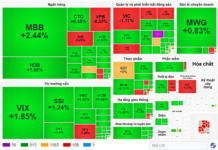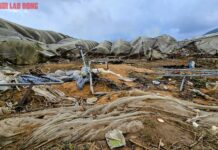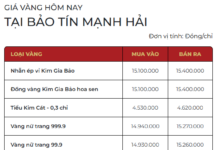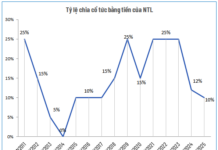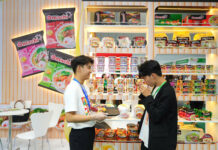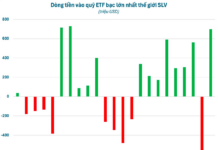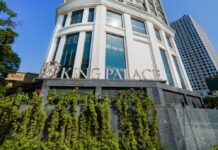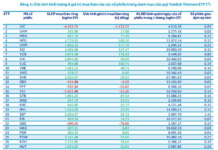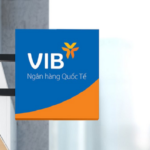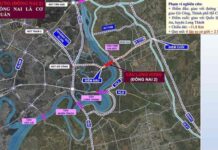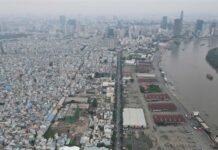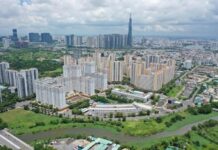In an exclusive interview with Tiền Phong, Deputy Director of Hanoi’s Department of Planning and Architecture, Đào Minh Tâm, revealed that Vietnam’s capital is entering a transformative phase. As the nation’s political and administrative hub, and a leading center for culture, economy, and international integration, Hanoi aspires to become a “Civilized – Modern – Heritage” city. To achieve this vision, the city is implementing bold initiatives in urban planning and infrastructure development, leveraging a new master plan as the catalyst for progress.
According to department officials, Hanoi’s new urban plan builds upon the 2011 Master Plan’s structural model and strategic direction while addressing emerging challenges and refining outdated elements to align with current development needs.
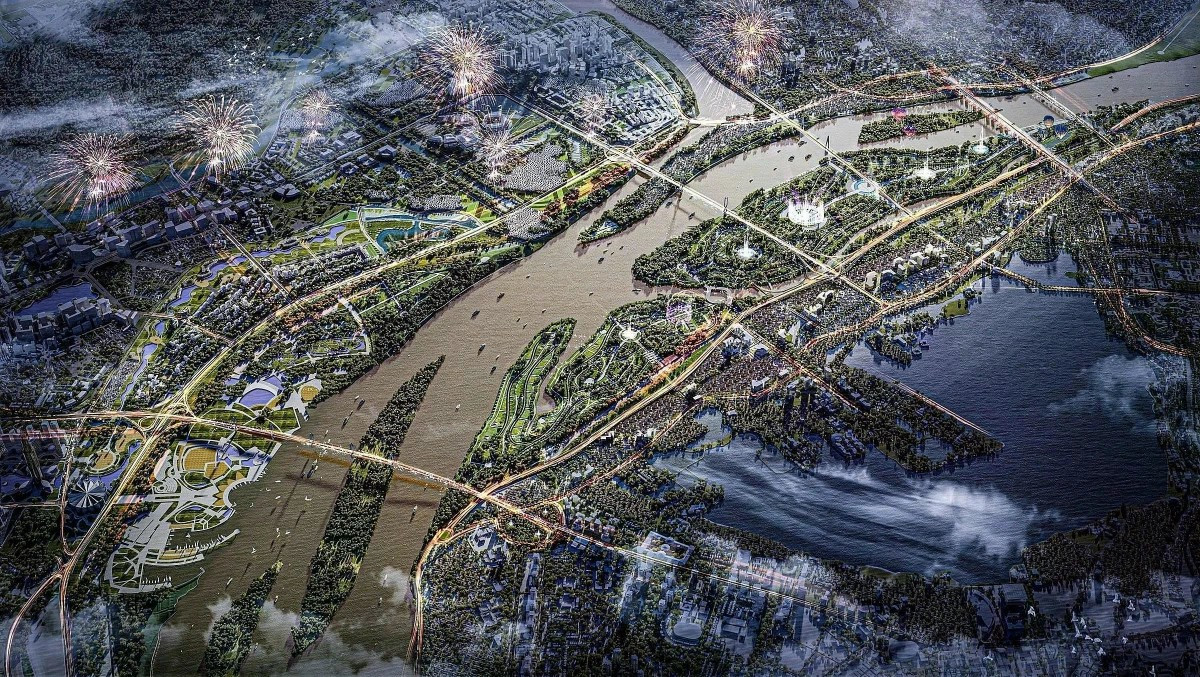
Urban and ecological planning along the Red River
Core strategies focus on addressing critical urban issues through sustainable growth and innovation. Key priorities include green and digital transformation, smart city development, and climate resilience. The city is adopting a polycentric development model and Transit-Oriented Development (TOD) approach, prioritizing inter-regional connectivity via highways, ring roads, and new bridges across the Red and Duong Rivers.
Landscape axis planning emphasizes preserving Hanoi’s unique natural and cultural heritage. The strategy ensures seamless integration of traditional and modern elements, creating a cohesive urban identity.
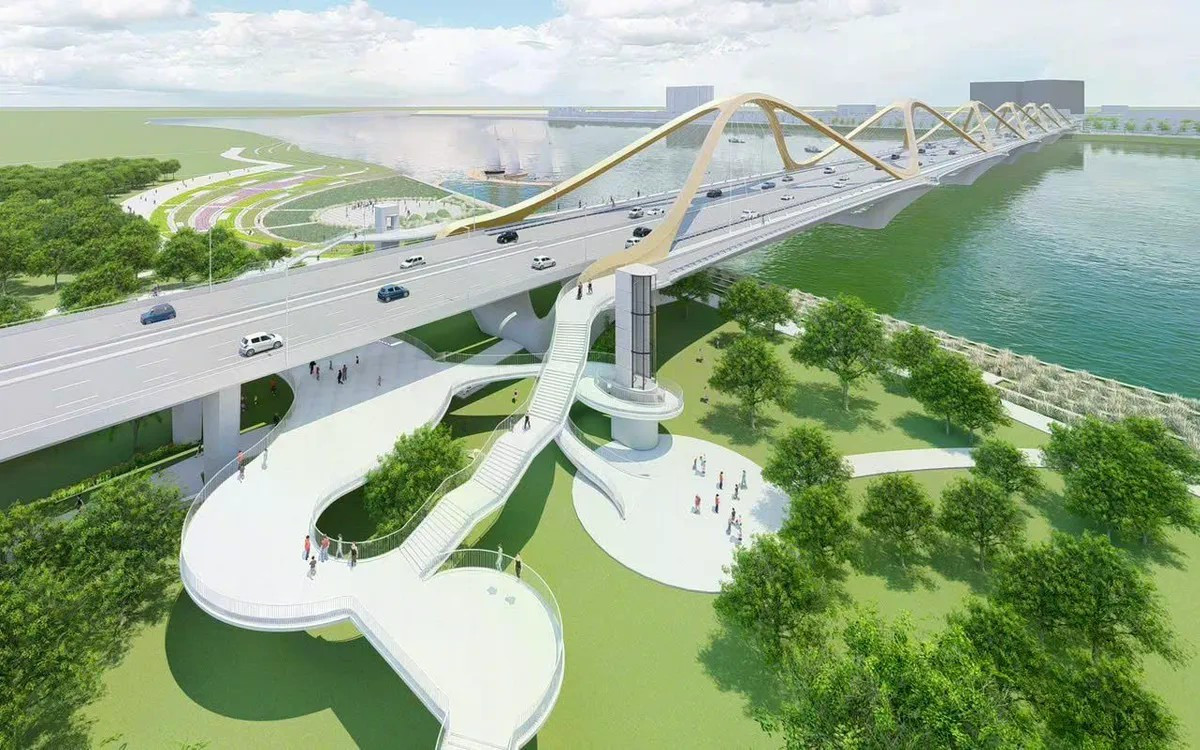
Rendering of Tran Hung Dao Bridge, one of 21 future central Red River crossings
Key landscape axes include: The Red River Axis, designated as the central symbolic corridor; The West Lake – Co Loa Axis, linking historic Co Loa Citadel with Thang Long Imperial Citadel and West Lake; and The West Lake – Ba Vi Axis, promoting cultural tourism between Thang Long and Doai Region.
Red River: Central Development Icon
Đào Minh Tâm highlights the Red River’s reimagining as a green, central landscape axis and development symbol. The river will serve as a multifunctional hub for services, technology, culture, and architecture.
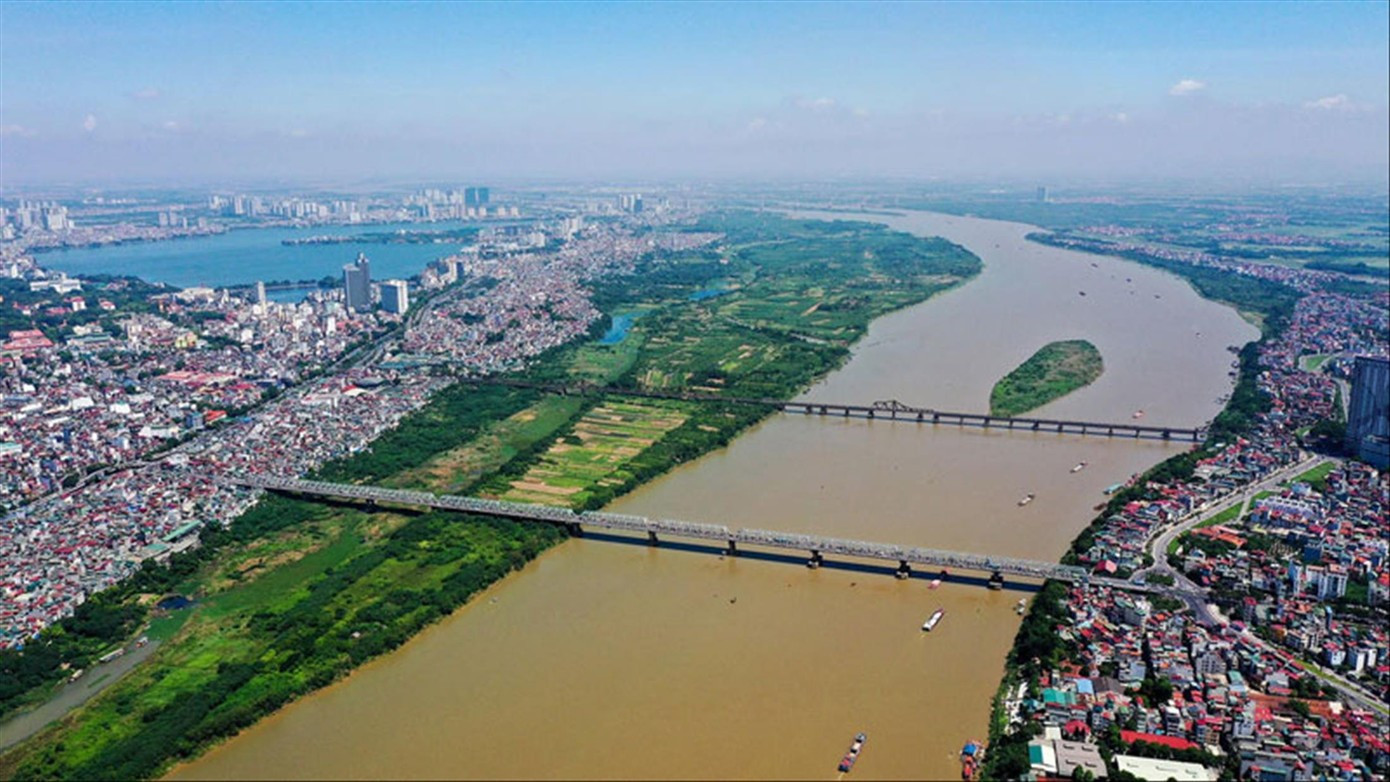
Current Red River surroundings
The riverfront is divided into three zones:
Central Zone (Thang Long – Thanh Tri Bridges): Focuses on cultural, entertainment, and service spaces within the urban core.
Western Zone (West of Thang Long Bridge): Designated as an ecological preserve with agro-tourism farms and urban agriculture hubs.
Southern Zone (South of Thanh Tri Bridge): Prioritizes aquaculture, traditional agriculture, and heritage sites, integrated with commercial and craft villages like Bat Trang.
Department leaders acknowledge historical challenges in Red River development due to resource constraints. The new plan addresses this through targeted projects promoting balanced growth along both banks. The adjusted master plan adds 7 new central bridges (Lien Trung, Tam Xa, An Duong, Ngoc Thuy, Cu Khoi, Bat Trang, Khuyen Luong) to the existing and under-construction ones, totaling 21 central crossings. Ring road bridges (Ring Road 2.5, 3.5, 4) will complete a closed network, optimizing traffic flow.
Concurrent efforts focus on developing Long Bien, Gia Lam, and Dong Anh as high-density urban transformation zones, including a new administrative center. Modern infrastructure will be paired with urban renewal, heritage conservation, and environmental enhancements to create a secure, sustainable capital.
“Hanoi is undergoing a profound transformation guided by a strategic master plan that positions the Red River as its central symbol, harmonizing ancient heritage with global city aspirations,” stated a Department of Planning and Architecture representative.
VIB Completes Additional Contribution of VND 5.75 Billion, Donating VND 2.624 Billion to the 2024 National Budget
Pursuant to Decision No. 3220/QD dated October 10, 2025, issued by the Tax Department, Vietnam International Commercial Joint Stock Bank (HOSE: VIB) has successfully completed an additional tax payment of VND 5.75 billion for the year 2024. This brings the total tax contribution to the State Budget for 2024 to nearly VND 2,624 billion.
Nha Trang: Vietnam’s Distinctive Green Gem on the Travel Map
Nestled within Vietnam’s vibrant travel tapestry, Nha Trang stands apart with its unique shade of blue—a captivating blend of oceanic allure and rich cultural heritage. Here, the essence of the sea intertwines seamlessly with the city’s storied past, creating an unforgettable destination that beckons travelers to explore its depths.
FIATA World Congress 2025: Unlocking Global Integration for Vietnamese Businesses
Speaking to reporters, Mr. Dao Trong Khoa, Chairman of the Vietnam Logistics Business Association (VLA) and Head of the Organizing Committee for the FIATA World Congress 2025, emphasized that Vietnam has created a historic congress in the 99-year history of the Federation. This milestone firmly establishes Vietnam’s position on the global logistics map.
The Leading Tech City
Ho Chi Minh City is pioneering a transformative vision: a “Digital Government – Digital Society – Digital Citizen” model. In this innovative framework, all administrative processes, monitoring, and feedback mechanisms operate in real-time, ensuring unparalleled efficiency and connectivity for its citizens.



